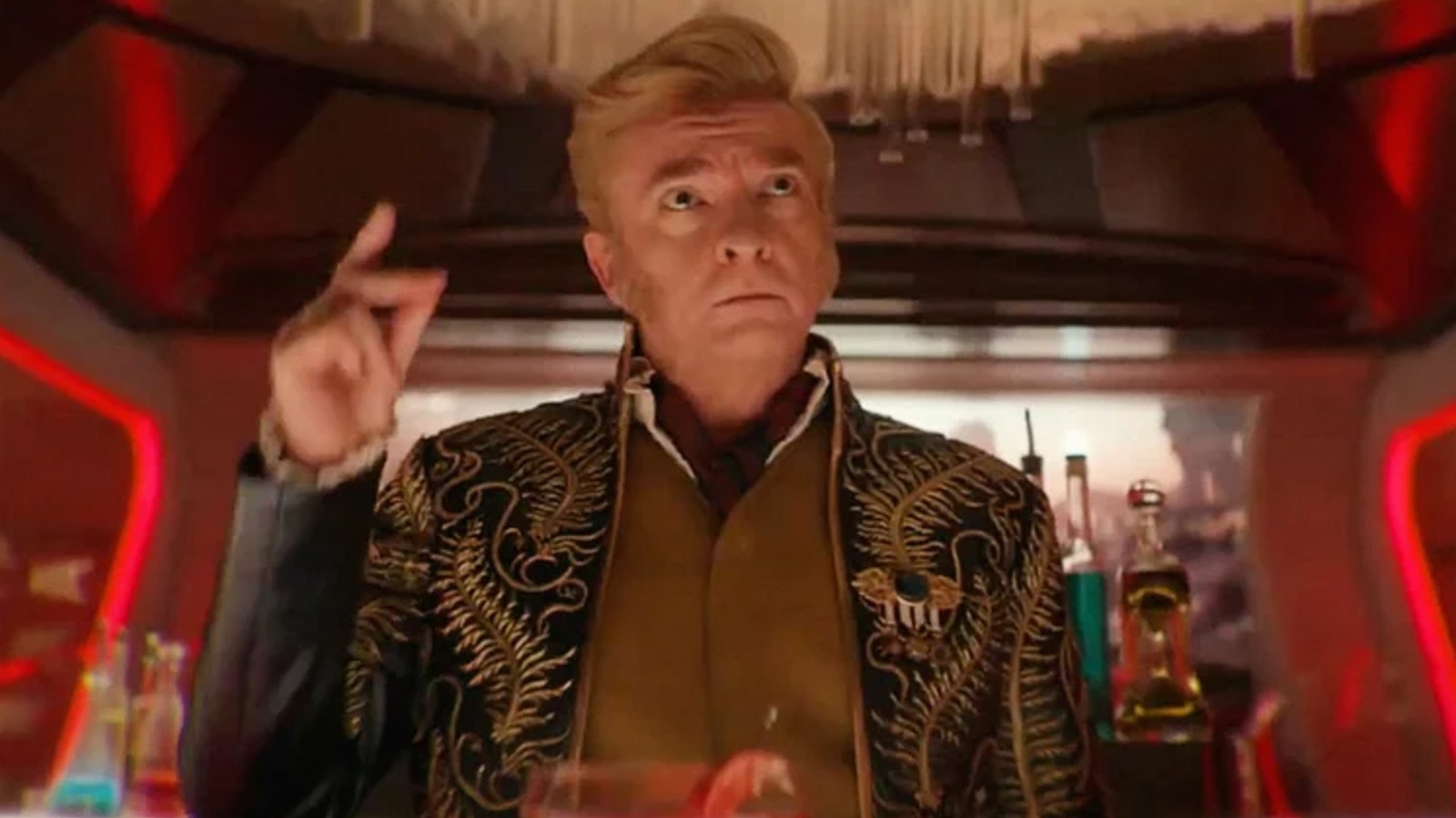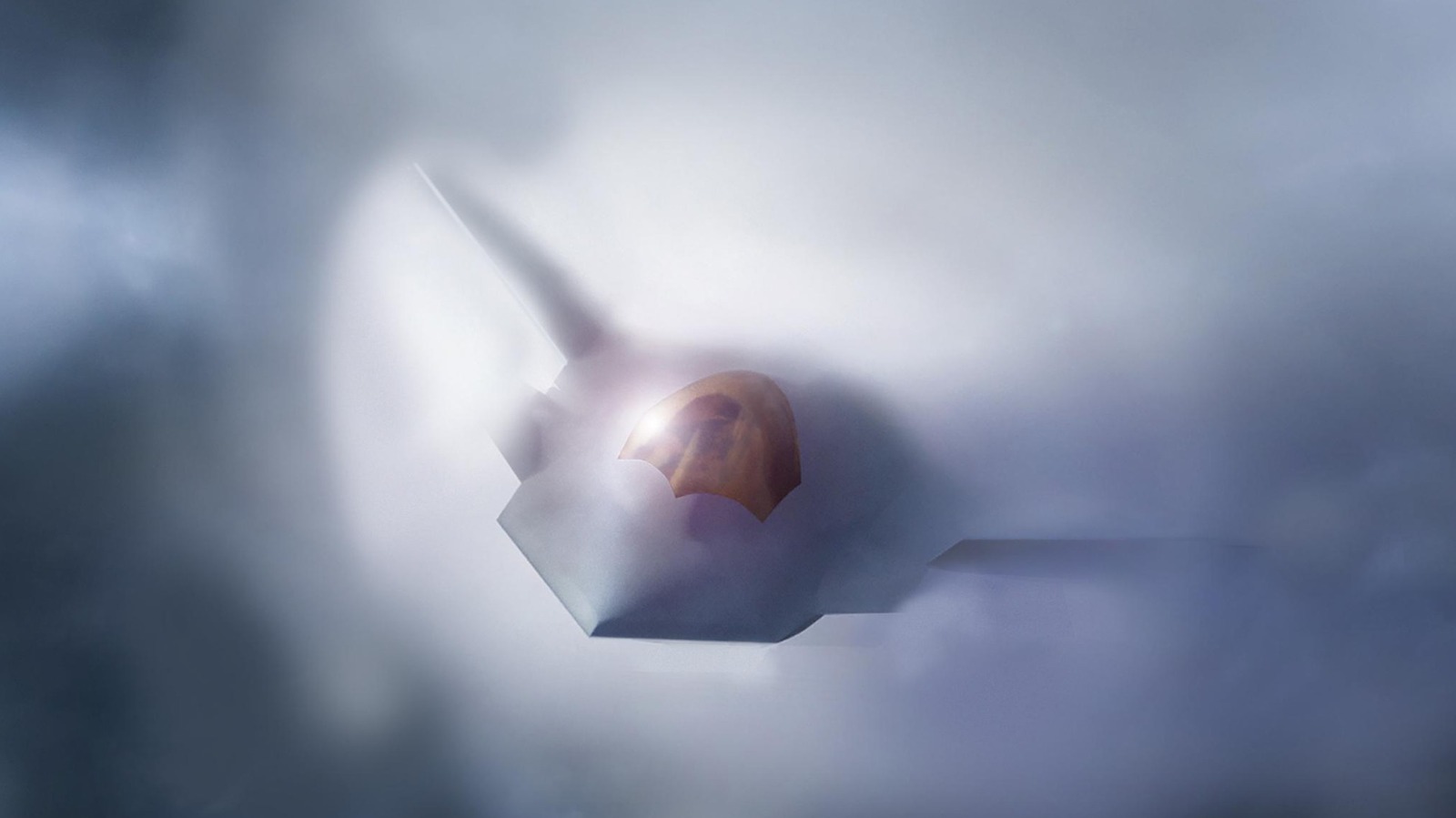
The 2025 MLB Draft began on Sunday night, and right away it was full of surprises. This draft class was a bit more unpredictable than years past, and with a crop of talent at the top of the board rather than a consensus No. 1 overall pick, all eyes were on the Nationals and Angels with the first two picks. Many scouts and analysts projected high school shortstop Ethan Holliday (younger brother of Orioles shortstop Jackson Holliday) and LSU left-handed pitcher Kade Anderson (the College World Series
MVP) to be the first two players to hear their names called, but both organizations went in a different direction.
Fresh off dismissing longtime baseball operations head Mike Rizzo, the Nationals selected a different high-school shortstop, Eli Willits, with the first overall pick in what’s expected to be an under-slot deal allowing Washington to allocate their resources a bit more evenly across the first few rounds of the draft. Willits was the fifth-ranked prospect in this draft per MLB Pipeline so this pick wasn’t completely out of left field, but it still came as a surprise after so many mock drafts projected Washington to select either Holliday or Anderson. Incidentally, Willits is the son of former Yankees first-base coach Reggie Willits, who worked under Aaron Boone from 2018-21.
The Angels drafting RHP Tyler Bremner out of UC Santa Barbara was an even bigger surprise. Given the Angels’ recent history of selecting college players with close proximity to the big leagues (Zach Neto, Nolan Schanuel, Christian Moore), they were expected to pick one of the high-upside college arms in this draft, but nearly every analyst thought they would choose either Anderson, Tennessee lefty Liam Doyle, or Florida State lefty Jamie Arnold. Bremner was MLB Pipeline’s 18th ranked player in this draft and he was widely expected to land somewhere in the range of 8-20 in the first round, so seeing him selected with the second pick with quite unexpected.
These two selections created a ripple effect which allowed the Mariners to select (and sign) Anderson with the third pick, and the Rockies to select Holliday with the fourth pick. It was in a nice full-circle moment for the latter, as Holliday’s dad, Matt, was a very popular player during his six years with the Rockies, winning a pennant and batting title in 2007. Doyle went fifth to the Cardinals, and the top 10 rounded out with high-school pitcher Seth Hernandez going to the Pirates, Oregon State shortstop Aiva Arquette to the Marlins, and high-school shortstops JoJo Parker, Steele Hall, and Billy Carlson to the Blue Jays, Reds, and White Sox respectively.
In fact, every player selected in the first 16 picks of the draft was either a shortstop or a pitcher. Not all of these position players will stick at shortstop throughout the course of their careers, but this does speak to the deep amount of athleticism that was available at the top of the draft. Drafted players have been moving through the minor leagues faster than ever in recent years, so it’s likely that we see some of these college pitchers in the big leagues within the next calendar year.
The Yankees only had one draft pick within the first 100 selections. Their 29th pick was moved down 10 spots to 39th overall due to the luxury tax, and they forfeited their second round pick by signing Max Fried in the offseason. They were only awarded a fourth-round compensation pick for losing Juan Soto in free agency, and the Fried signing nixed that as well.
With the 39th pick in the draft, the Yankees selected shortstop Dax Kilby out of Newnan High School in Georgia.
Kilby is 6-foot-2 and 190 pounds at just 18 years old (19 in November), and his profile is defined by an advanced hit tool and mature plate approach. His currently possesses average raw power, but with a projectable frame, it’s easy to imagine Kilby adding more thump if he’s able to tack on some muscle as he continues to develop. He’s known for being a line-drive hitter, so Yankee Stadium could be a perfect fit for his smooth left-handed swing. This is an exciting player who has risen up draft boards in recent months and could return excellent value if the Yankees’ player development team guides him in the right direction. Kilby committed to Clemson, but New York should be able to sign him.
Baseball America wrote that Kilby “has an open setup and strides into a closed stance with good rhythm and balance,” praising his compact bat path and barrel location. He is a quality bat, and the offensive profile is the type of starter pack you look for in a player who could quickly develop into a high-end prospect. Kilby is a well-rounded player, and power is often the last piece of the puzzle in a player’s development. Note that due to his somewhat-limited arm, Kilby will likely fall into the vast category of prospects who were shortstops on draft night but moved off the position.
The Yankees’ next pick was 103rd overall, at the end of the third round. With that pick they selected Kaeden Kent, another 6-foot-2 shortstop, this time out of Texas A&M. He is the son of five-time All-Star and 2000 NL MVP Jeff Kent.
Kent moved to playing shortstop full-time in 2025 for A&M after seeing time at both second and third base in past years — though he will likely return to one of those positions in the pros eventually. As MLB.com’s Jim Callis quipped in the video above, the ceiling of a hard-hitting second baseman is old hat for the Kent family. (Jeff himself had an impressive ascent from being Toronto’s 20th-round pick out of UC-Berkeley in 1989.)
Although his dad was a righty hitter, Kaeden has a smooth swing from the left side, with strong barrel control and a patient approach at the plate. He slashed .279/.398/.544 this past season in the SEC, tallying 56 games with 13 doubles, 13 home runs, and more walks than strikeouts. Kent has a history of stepping up in big moments, as the soon-to-be-22-year-old was a major factor in the Aggies’ deep run in the 2024 College World Series. He was not ranked on certain top draft prospect lists, so he could be a candidate for an underslot deal as the Yankees try to do what they can with the smallest bonus pool of all 30 teams.
Given the strategy the Yankees deployed last year, it’s noteworthy to see them draft two shortstops with their first two picks. In 2024, they went big on SEC pitching, selecting Alabama’s Ben Hess in the first round, Vanderbilt’s Bryce Cunningham in the second, and LSU’s Thatcher Hurd in the third (this general strategy would continue for awhile). It’s still far too early to judge any of these picks, as Hess and Cunningham have shown flashes of upside at High-A Hudson Valley, but both have missed significant time with injuries throughout the season. Hurd underwent Tommy John surgery in late February.
This approach is much closer to the strategy the Yankees deployed in the 2023 draft, when they picked high-school shortstop George Lombard Jr. in the first round and Oklahoma State second baseman Roc Riggio in the second. Lombard has since elevated his status (recently excelling in the Futures Game) and is now considered across the board as the top prospect in the Yankees organization, a path they’re hoping Kilby will follow closely in his own development. Riggio is having a breakout season in 2025, as he earned a promotion from High-A to Double-A with a 177 wRC+ across the two levels.
The first night of the 2025 MLB Draft introduced fans to many of the players they’ll be watching in the league for years to come, as college pitchers and prep shortstops dominated the draft board. The Yankees will try to prove that Dax Kilby is closer to the top tier of high-school shortstops in this draft than scouts knew, and with their history of turning similar players into important pieces within their organization, fans should be excited to follow his development. More will be revealed about the team’s strategy when the draft continues this afternoon.
More from pinstripealley.com:
- Everything you need to know to follow the 2025 MLB Draft
- Futures Game: Lombard doubles, walks, steals, and swears
- Yankees 1, Cubs 4: Imanaga stifles Bombers in first-half finale
- Yankees Trade Deadline Coverage
- The hitting genius of Aaron Judge
- Pinstripe Alley’s Top 100 Yankees
- 2000 Yankees Diary: The 25th Anniversary of MLB’s Last Three-peat













